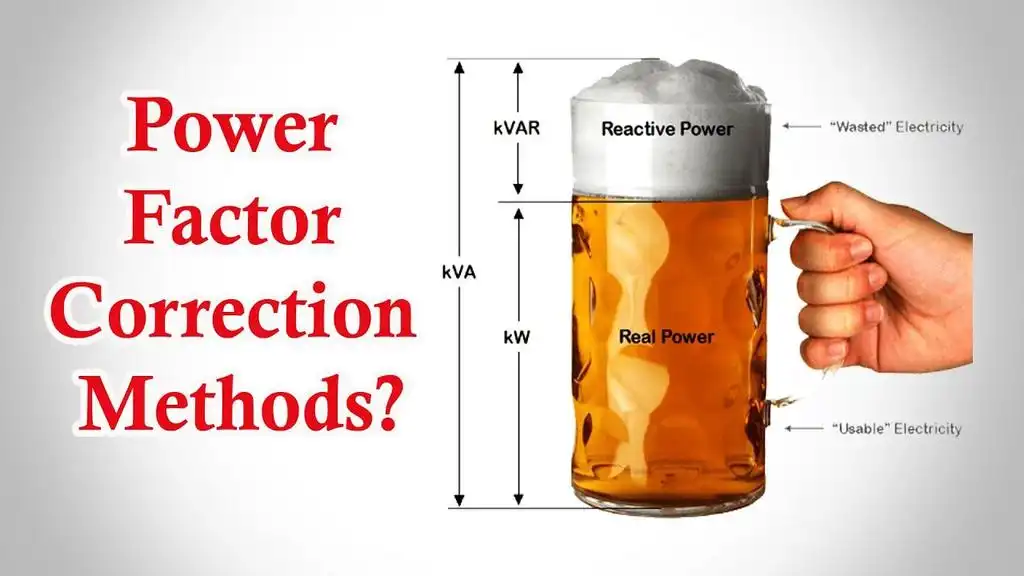How are harmonics created and what are the benefits of harnessing harmonics?
What is power factor?
A system’s power factor indicates how efficiently electricity is being used. The ratio of real power to apparent power is its definition. A circuit’s apparent power is utilized to keep the voltage and current constant, whereas real power is the power that is actually used to do work. The optimal power factor is one, or unity, which indicates that all of the generated power is being used effectively. Nonetheless, a lot of systems have a power factor of less than 1, which can result in higher expenses, poorer efficiency, and energy losses.

Improving power factor holds significant importance for various reasons:
Enhanced Energy Efficiency: Energy efficiency denotes delivering the desired output while minimizing energy consumption. A low power factor indicates inefficient electricity utilization, leading to energy losses. In such cases, a substantial portion of generated power is squandered as heat due to excessive current flow, resulting in heightened energy consumption. Conversely, increasing the power factor reduces energy wastage by aligning current flow more closely with the system’s requirements. This curtails heat dissipation, thereby enhancing overall energy efficiency. Moreover, optimizing the power factor helps maintain higher voltage levels within the system, further reducing current flow and energy losses, thereby augmenting system efficiency.
Reduced electricity bills: Utilities often charge industrial and commercial consumers penalties for having a low power factor. This is because low power factors require utilities to supply more current to deliver the same amount of real power, leading to increased losses in the transmission and distribution systems. By increasing the power factor, businesses can reduce their electricity bills by avoiding these penalties. Additionally, improving power factor reduces the overall demand for electricity, which may also result in lower tariffs or charges from utilities.
Increased system capacity: A higher power factor means that less reactive power is required to supply the same amount of real power to a load. This means that for a given system capacity, increasing the power factor allows more real power to be delivered, effectively increasing the system’s capacity to supply power to additional loads. This can be particularly beneficial in situations where adding new equipment or expanding operations would otherwise require costly upgrades to the electrical infrastructure.
Improved voltage regulation: Low power factor can lead to voltage drops in electrical distribution systems, especially in systems with long transmission lines or heavily loaded transformers. By improving power factor, voltage regulation is enhanced, ensuring that voltage levels remain within acceptable limits and minimizing the risk of equipment damage or malfunction caused by voltage fluctuations.
Environmental benefits: Increasing power factor can contribute to environmental sustainability by reducing overall energy consumption and the associated emissions from power generation. By using electricity more efficiently, fewer natural resources are consumed, and fewer greenhouse gases and pollutants are released into the atmosphere. This aligns with global efforts to mitigate climate change and reduce the environmental impact of human activities.



